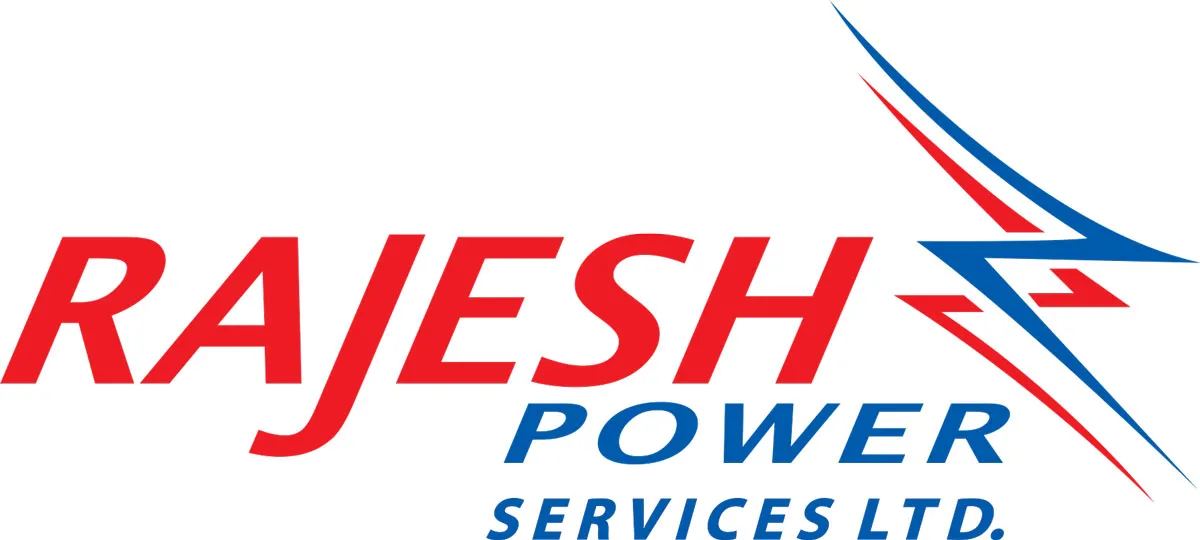Automation at Work
01 Jul 2012
8 Min Read
Editorial Team
Technology can help construction companies get maximum output from every input and drive efficiencies and productivity north, finds Charu Bahri.
Automation in the construction industry spans the functions of design, business processes entailed in giving shape to plans and the actual work at site. Automating tasks at each stage ushers in efficiencies.
Automation in design
Automated design, as opposed to hand drawings, has been around since about three decades, when AutoCAD was launched commercially. More recent developments have yielded pointed design solutions for architecture and their further collaboration between architects and engineers through the exchange of large project data sets. "AutoCAD Architecture is now at hand to help architects reduce the time taken to go from conceptual design to a complete set of construction documents," says Jayant Keswani, Head, Marketing, Autodesk India & SAARC.
The pressing need to drive efficiency and productivity is growing the adoption of object-oriented computer-aided design (CAD) tools, which in turn is spurring interest in Building Information Modelling (BIM). The growing popularity of green construction is also generating interest in automated design since eco-friendly architecture mandates considering a greater number of factors, which is made easier by automation. "As a result, BIM-compliant applications such as analysis tools, model checkers and facility management applications are also finding takers," notes Keswani.
Architects Sundeep Gwash and Vishal Shah of 'The Firm', a multi-disciplinary design practice boasting of noteworthy projects such as skywalks, Signature Tower, Kingdom Mall, Trinity World School, Yash Raj Film Studios, uses Autodesk(r) Revit(r) Architecture amongst other solutions. This purpose-built BIM tool helps architects explore their most innovative design concepts and forms more fully at the earliest project stage, and build on designs found worthy without any loss of vision through construction documentation. Plus design changes along the way are automatically updated throughout the evolving design and documentation, making for more coordinated processes and reliable documentation.
"Solutions assisting drafting save time by about 70 per cent (as against manual drafting) in correcting and altering plans and deriving quantities, elevations, sections, etc. Multiple employees can access and work on files, thus enhancing office productivity. Sharing files with clients/colleagues via e-mail speeds up approvals. Now, Vectorworks and an AutoCAD version for architects using the MacBook are available as well. Recently, AutoCAD launched an application for IPhone users to review AutoCAD drawings on the fly. We also extensively use Sketch-Up software to generate a concept in 3D.This is user-friendly and does not require any formal training," adds Architect Rohan Kowli, Managing Partner, K+A Design Studio.
In spite of the wide use of design and drafting solutions, Dr Koshy Varghese, Building Technology & Construction Management, Department of Civil Engineering, Indian Institute of Technology Madras believes that much more has to be done to automate the design process. "Design in part has been effectively automated, such as the use of software for analysis, design, detailing, drafting, etc. But greater integration through the use of software such as BIM is required. Also, the planning of medium and large projects is being done using CPM based software such as Microsoft Project/Primavera or custom systems. But usage has limited effectiveness as significant levels of uncertainties are carried to the construction phase of a project. Further, a thorough knowledge of planning concepts as well as the software is required for effective usage."
Automated business processes
Taking off from construction design and planning is the gamut of business processes entailed in giving expression to plans and drawings. Automation of construction business processes ensures faster completion of construction projects and helps in controlling budget fluctuations by better change management and real-time monitoring.
An early business process in the construction lifecycle is the function of estimation. "Whereas, upgraded versions of CAD/Revit facilitate estimation, other solutions go further," says Kowli.
Companies that are adopting end-to-end solutions to automate business processes are making bigger gains. Balaji Sreenivasan, CEO & Founder, Aurigo Software Technologies, shares the example of RDS Projects Ltd, which has successfully reduced the time spent on closing its balance sheets by one-fourth, saving about 30 to 40 days in the process.
Navin Housing, another construction company and an Aurigo customer, has implemented Aurigo Masterworks (capital project management solution) integrated with ERP to automate its business operations from end to end. "Today, the company's estimation, projects, purchase and finance teams are all working in tandem in real time, gaining efficiencies and saving time and costs in the bargain."
Early adopters are rapidly learning that far from being a mere tool, technology is a game changer and strategic differentiator. When this understanding percolates to the Indian contractor, business automation solutions will see more takers. Sreenivasan also sees the absence of skilled personnel as standing in the way of the greater adoption of technology to automate business processes, "This will continue to be a big roadblock, until companies start replacing the old guard with younger and more computer-savvy personnel who are capable of using automation software."
Dr Koshy is of the opinion that a few small and medium companies have effectively automated their business workflows. Large groups have adopted ERP systems, the usage of which is still maturing as this requires changes in conventional processes and in the organisational culture.
Job site automation
Automation at the job site can help facilitate construction processes, save time, improve quality, reduce rework and costs, and optimise the work volumes/quantities. If it were not for prohibitive costs being charged by suppliers, which defeats the economic advantages, Shankar N Srivastava, Director, Engineer Pro Consultants, feels that there would be more takers for this technology. At present, contractors find it hard to justify the investment in automation since it does not yield direct benefits that can be charged to the client. As a result, the level of automation at construction sites is very low. "It may be 15 per cent of the total activity, primarily applied only in very special purpose machines like computerised drilling rigs, special purpose heavy capacity cranes, tunnel boring machines, etc," he says. "Another 30 per cent activity is carried out using semi-automatic systems and the balance is all manual."
Srivastava sees the biggest demand for job site automation in the road sector, for automation in earthwork, dozing, grading, compaction, paving etc. Many technologies are also available, such as laser guided, satellite guided systems like ACU GRADE, data loggers and others.
Mindset can also stand in the way of adopting automation at the job site. Madhusudan V Shetty, Regional Manager (Load Handling & Terminal), Cargotec India Pvt Ltd, points out that advanced electronics based automation is a standard feature of equipment such as concrete boom placers and sensor pavers but has yet to make inroads in truck mounted cranes. "The very fact that companies are using truck-mounted cranes represents a shift from using labour for load handling purposes. The next move is some time away."
For the present, low labour costs do not justify the cost escalation entailed in the adoption of advanced automated models. To cite an example, automated Terex equipment like cranes and aerial platforms cost 50 to 70 per cent more than manual models because of improved hydraulics and the package of related features. Not only India, but the much larger Chinese construction market has yet to adopt such job site automation.
While labour costs in India cannot be compared with the West, skilled labour shortage is increasingly becoming a reality across the industry. "This scarcity in the face of increasing work volumes is increasing mechanisation on Indian construction sites. Easy access to ICT technologies is also increasing the onsite use of ICT. For example, a few sites have implemented GPS based solutions to monitor the daily utilisation of construction equipment for operations such as earthmoving and material delivery," says Professor Koshy.
Better safety is another reason why construction and mining companies could adopt automation technology at the job site. Shetty cites the usage of a remote-controlled truck-mounted crane with passenger basket attachment by Sesa Goa. Companies that see the benefits of adopting technology at the job site should be clear about the usage of equipment at the outset – in the case of a truck mounted crane, retrofitting electronic controls on a hydraulic circuit is pretty cumbersome and not feasible.
For the construction sector to whole-heartedly adopt automation and technology, only a clear understanding and evaluation of the time and cost benefits will propel its acceptance.
To share your views or experiences with various automation techniques, write in at feedback@ASAPPmedia.com



















